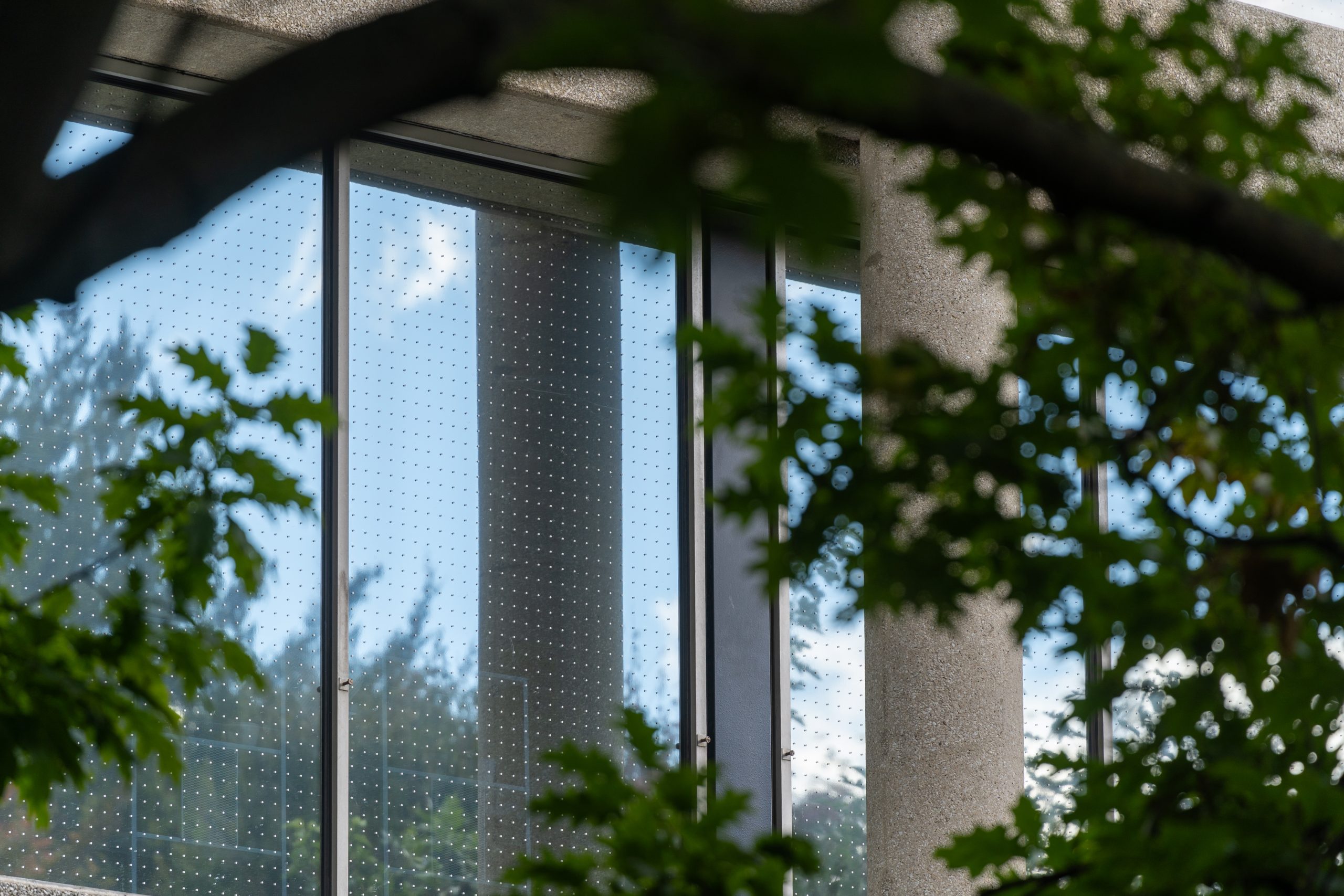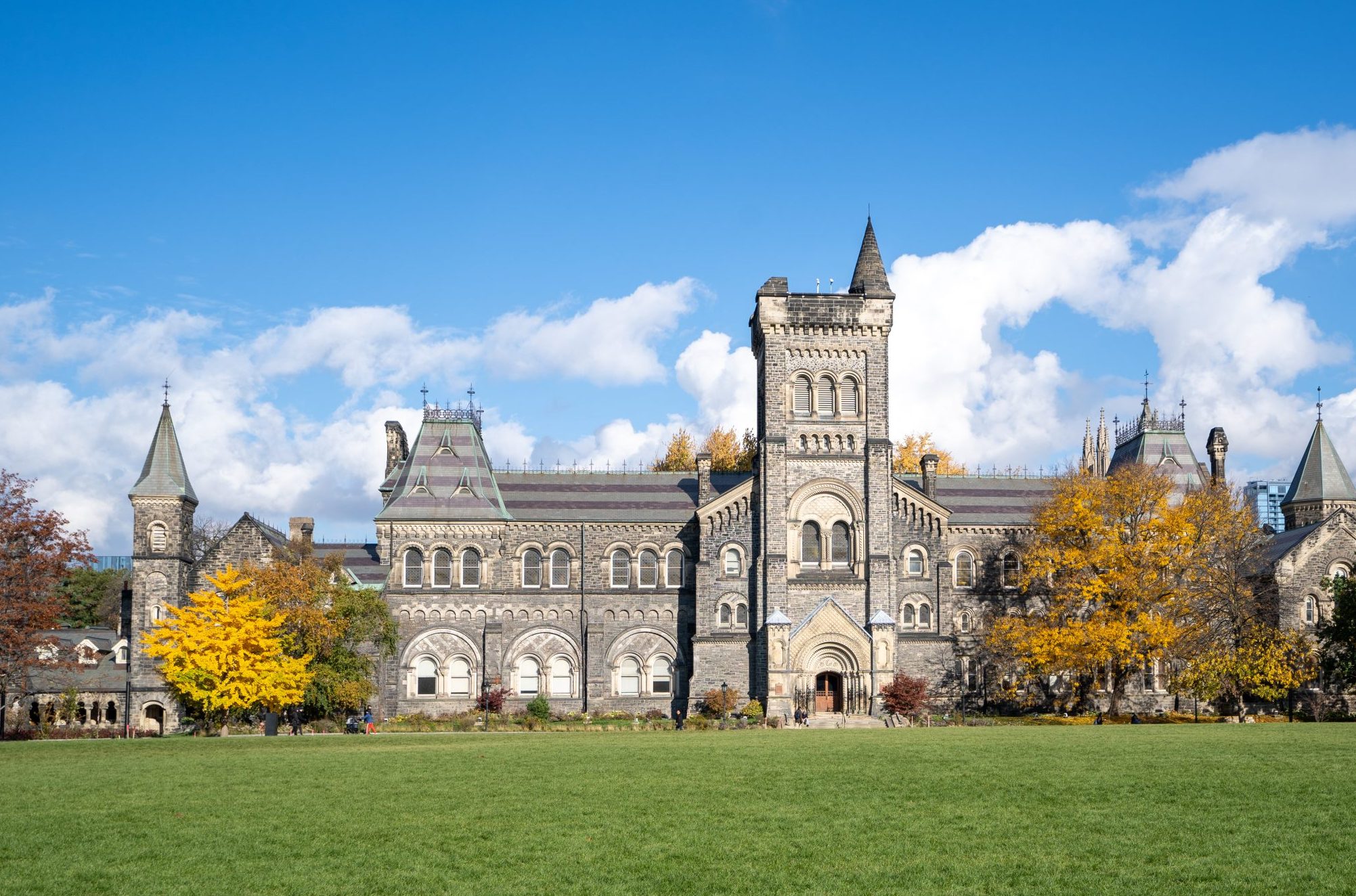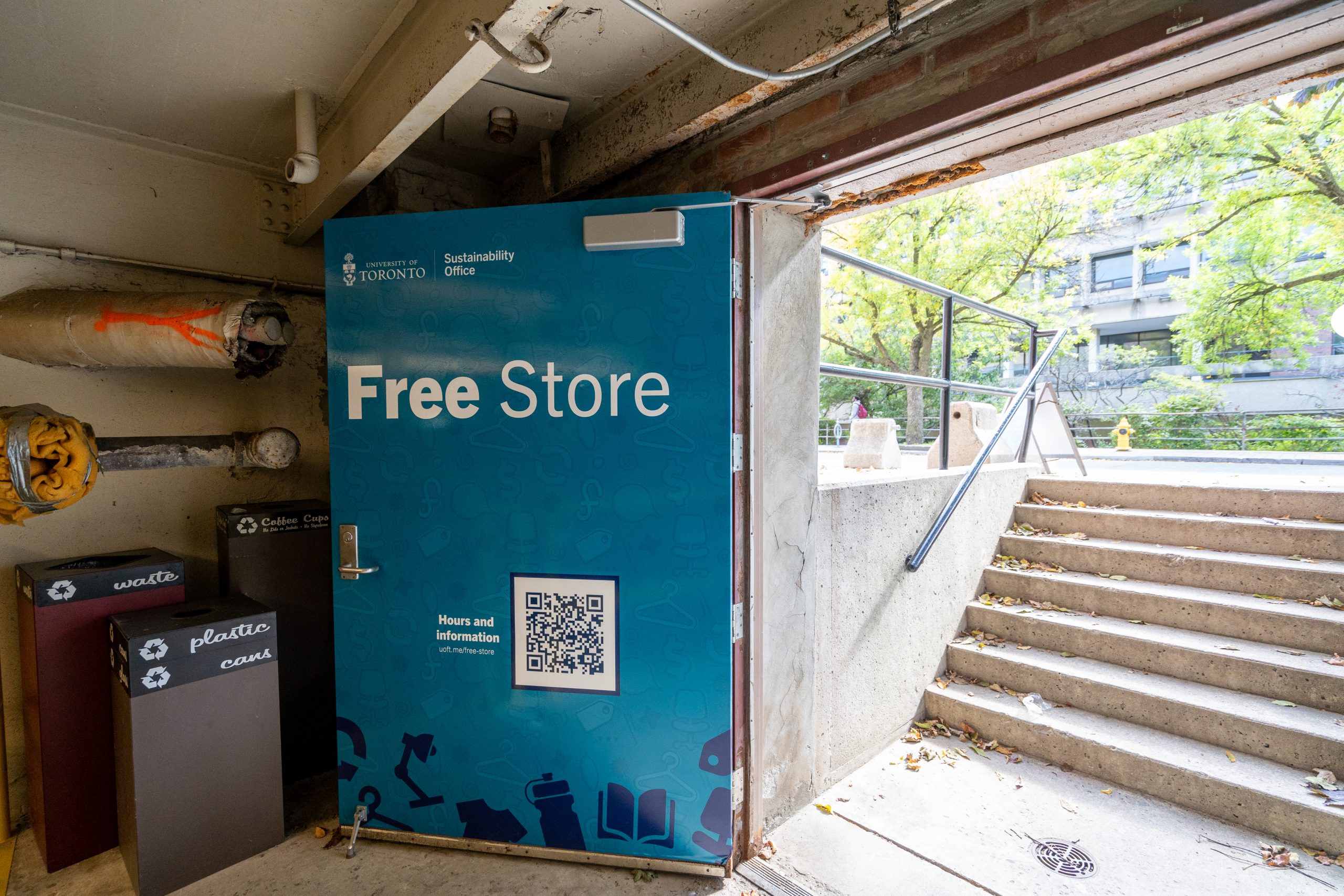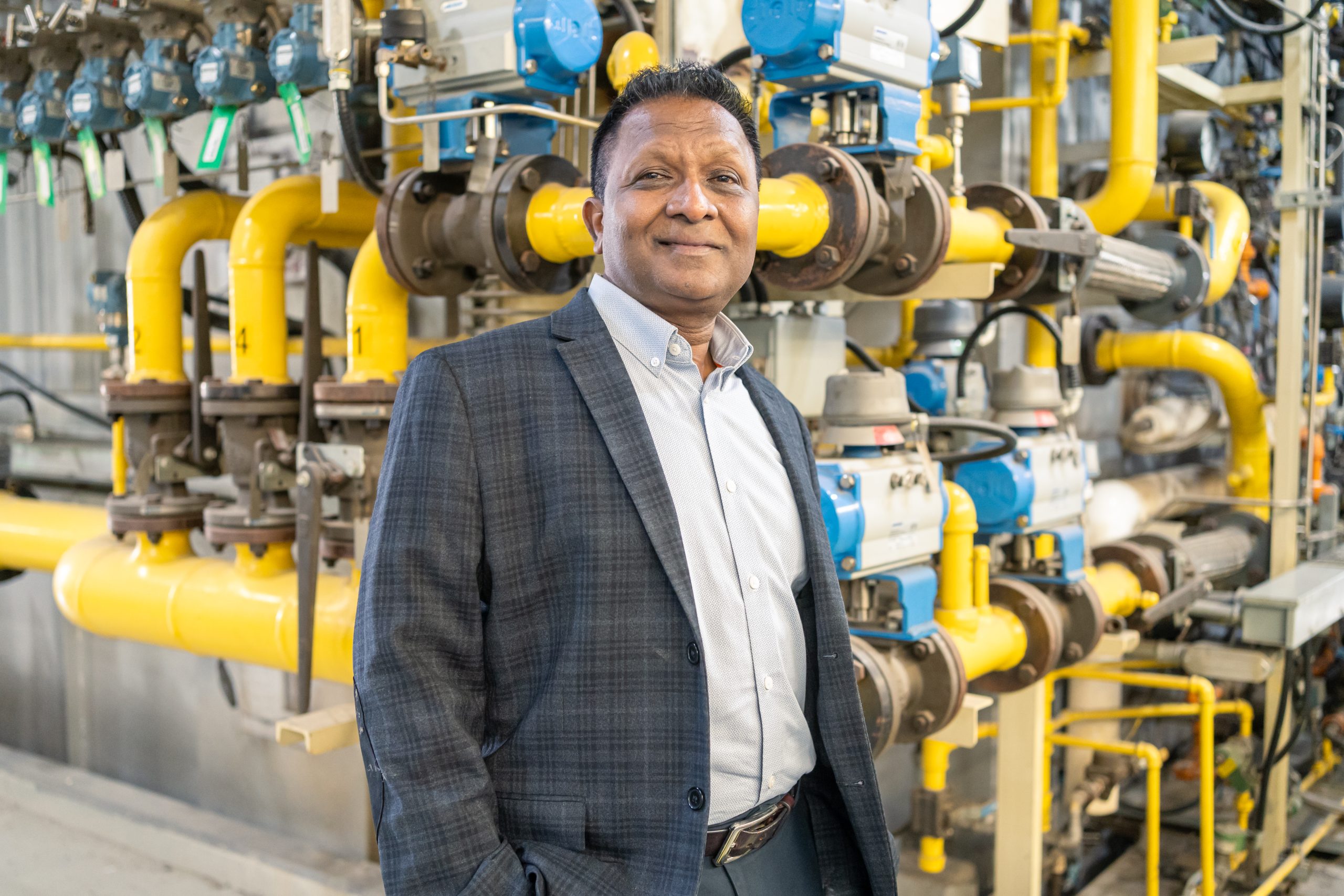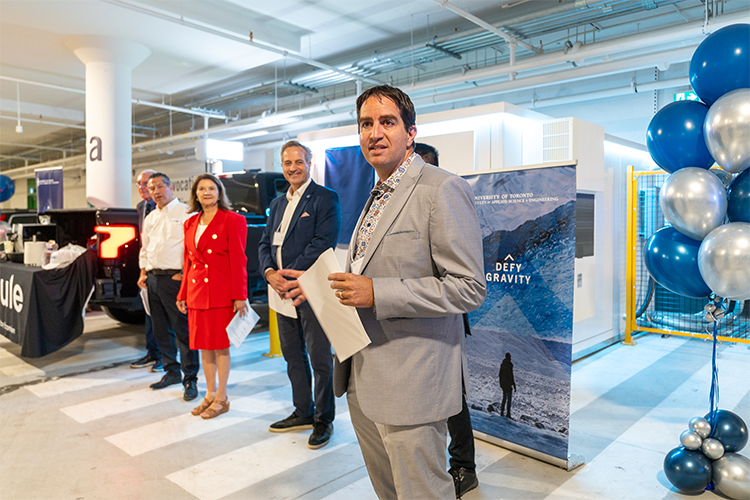Rather than directly connecting a car to the power grid, level 3 chargers use power stored in their own battery packs, a novel approach that significantly reduces electrical infrastructure upgrades—and therefore, cost—required for installation. As a result, these chargers deliver a fast charge of up to 200 kW, yet only need 45 kW of input power!
